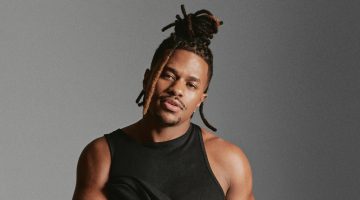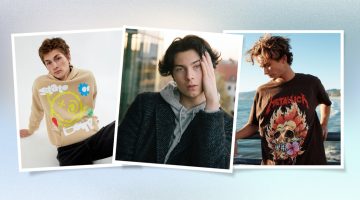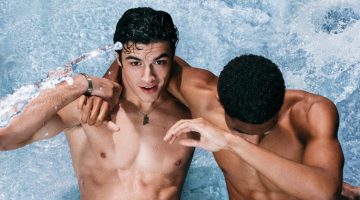
1920s men’s hairstyles were so unique and unforgettable that they remain iconic, reimagined in new forms. After all, the ’20s were a time of significant change in the world and hairstyles.
While women’s hairstyles (how about those flapper hairstyles) had been evolving since the end of World War I, it was the 1920s hairstyle that started to get a little more interesting.
The 1920s, or Roaring Twenties, was an era marked by dramatic change and innovation in all areas of life, including fashion and 20s hairstyle. This guide will examine some of the decade’s most famous men’s hairstyles.
1920s Men’s Hairstyles
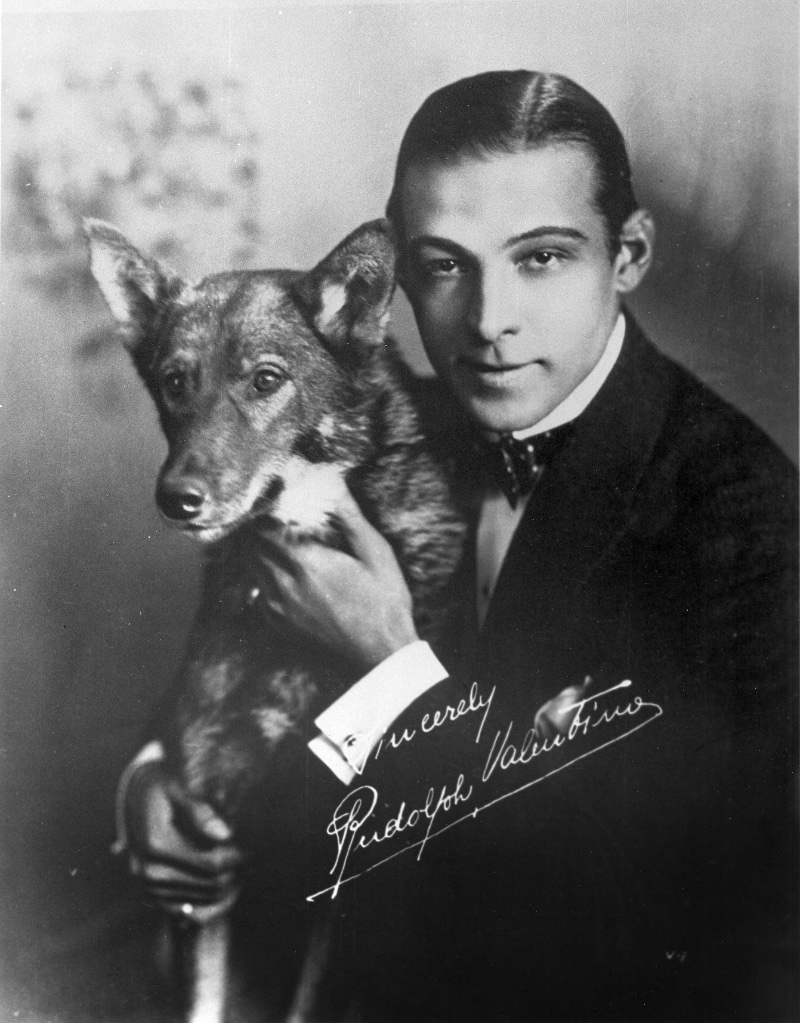
Keeping it neat and presentable was the ultimate goal for fashionable men’s hairstyles in the 1920s. If you’re into vintage style, you may be interested in men’s hairstyles from yesterday. When it came to hairdos in the 20s, most men wore short hair on the sides and longer on top. A clean neck was also essential, which was achieved using an undercut.
Hair was parted to the side or the center like in The Great Gatsby, depending on how subtle or severe the parting was done with oil-based hair products such as Brilliantine. Men with curly hair would likely pay particular attention to the undercut, adding sheen to their curls.

Because gentlemen enjoyed wearing hats outside, the flat look of slicked-back hair served a functional purpose. As stylish as the slick look was, the grooming of their faces was just as impressive.
What Was 1920s Hair Like?
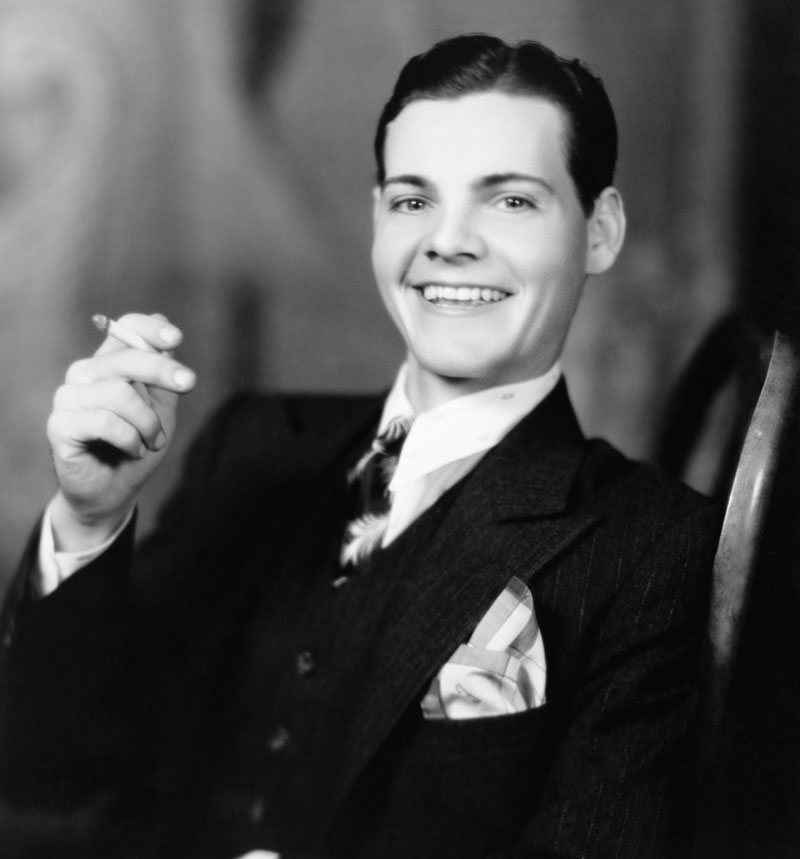
In the 1920s, men’s haircuts were cut to the appropriate length. For men, a hair length of five to seven inches was required to be smooth back or long enough to extend back over the crown of the head without being too long so that it protruded beyond the peak.
In cases when the male parted his hair on each side, the lengths were a little shorter. Visiting the men’s barbershop was essential to maintain a constant cut and length with the sideburns trimmed and the back of the neck clean. A barber also treated men to a hot towel facial and a new shave.
How Did Men Do Their Hair?

After thoroughly oiling his hair, a man would separate his hair into one of three standard styles. First, all the hair was combed straight back, with the tops combed over the crown and sides combed down the head and angled toward the rear of the crown.
The second alternative was separated precisely in the middle or slightly off-center, depending on which parting looked the most attractive. The final option was to create a deeper section on one side of the body.
It was widespread throughout the teen years and became less popular as the twenties progressed, although it was sometimes a required style for older men with thinning hair or a receding hairline–a technique known as the combover. Additionally, it was more flattering on a round face.
Curly or No Hair?

The 1920s look was more straightforward for men who had straight hair at the time. Two main alternatives were available to men with curly or wavy hair: straighten it with hot irons, mainly reserved for women or movie stars, or apply heavy oil to make it shine. Most curly-haired guys used Brilliantine to smooth back flyaways and give their hair a lovely form. Even with curly locks, a hat helped to keep it in place.
Thinning Hair During the ’20s

Having no hair or thinning locks vastly differed from having thick waves or medium-length tresses. The shine of the scalp was highlighted by brushing the hair back and finishing it off with Brilliantine, making it gleam more than ever before.
Although a toupee or hat can cover up any receding hairlines or bald spots on a man’s head, it is not essential for an older adult. The lack of hair on one’s head could truly demonstrate the maturity and wisdom that comes with age.
Men’s Facial Hair During the 1920s

Facial hair has long been an important part of men’s style and fashion, and the 1920s was no exception. During this decade, facial hair styles often reflected prevailing cultural, art, music, and other trends. Facial hair styles varied greatly depending on what kind of look one wanted to achieve.
Because of the constant advancements in razor technology at the time, most men preferred to be clean-shaven with no facial hair or have a small mustache. However, some expressed themselves through more creative facial hairstyles such as handlebar mustaches or goatees. There were plenty of options for those looking to stand out.
Photos: 1920s-Inspired Hairstyles
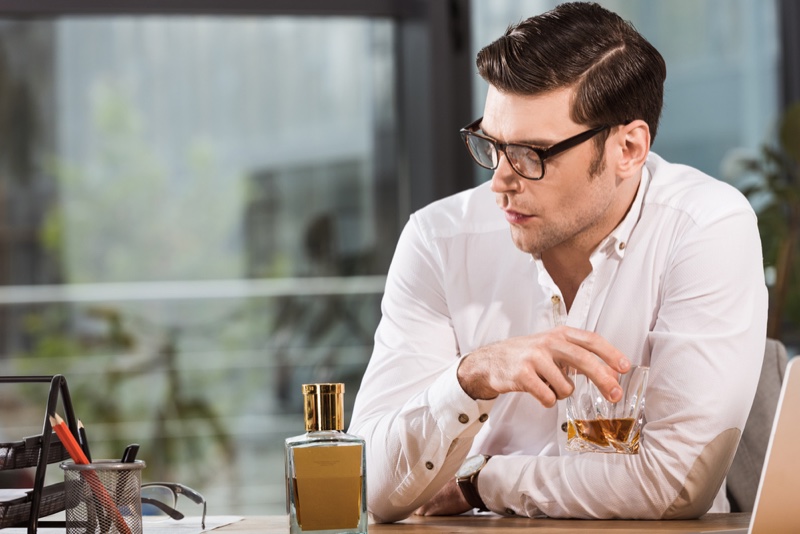
Have you gotten any ideas from the past and these 1920s men’s hairstyles? You can get the look right now by applying gel to your hair and styling it slicked-back. Please do not overdo it with the product, making it look dated.
To prepare your hair for these roaring 20s hairstyles, you will want to use pomade or wax products to help hold your hair in place. You can also use hairspray if you want something more casual and less formal.
If you have naturally curly or wavy hair, there is no need to be concerned about getting a straight appearance. Embrace your natural texture for a hairstyle that is both relaxed and cool.
1920s Vintage Style in the 21st Century
However, while some of the most popular hairstyles of the 1920s are no longer in style, other trends from the era have been revived and given a new lease on life. Designers have incorporated elements of the 1920s into their contemporary work, ranging from hairstyles to suit tailoring.

For example, the fall-winter 2021 collection from Hockerty paid homage to the era’s refined shapes while displaying a penchant for elegant suits inspired by the era’s graceful silhouettes.
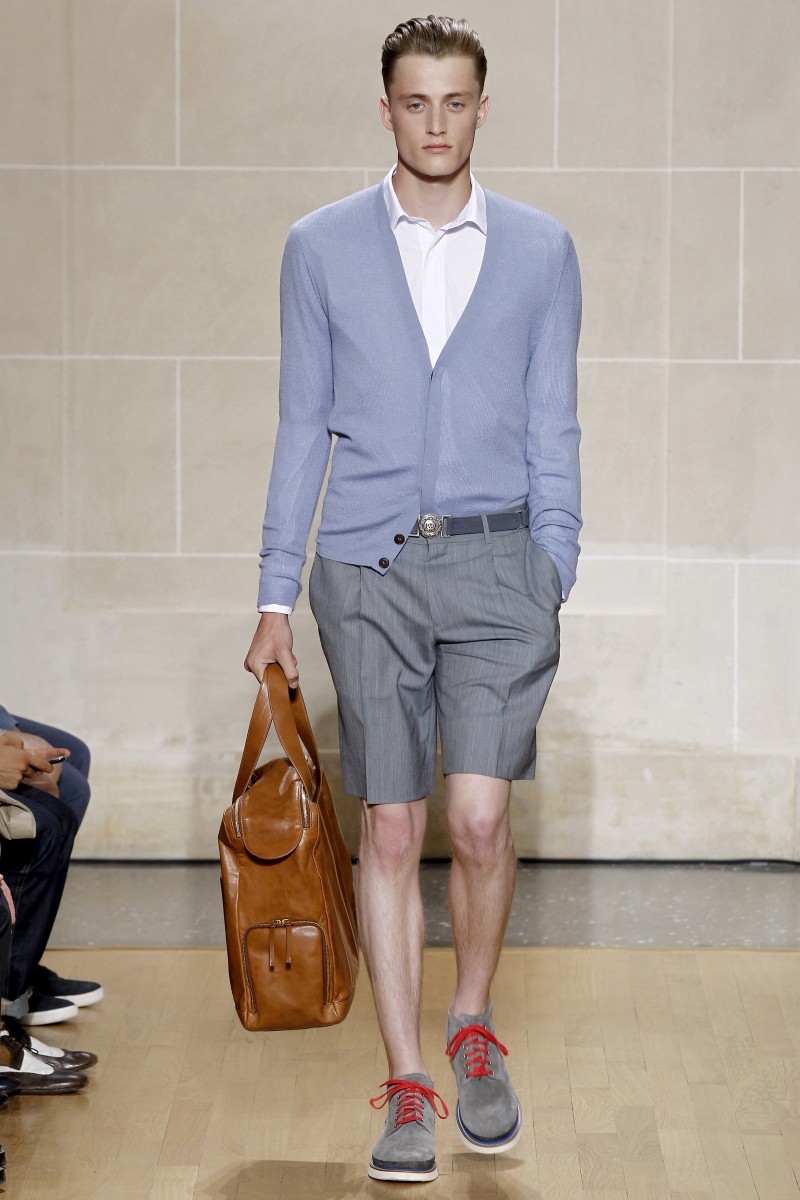
1920s Hair Today
The 1920s are known for being a time of growth, change, and innovation. After all, it was the decade of Prohibition, flappers, and the Charleston. It was also when men’s hairstyles were as varied as their fashion choices.
From slicked-back hair (recently popularized by the Peaky Blinders hairstyle) to pompadours to slick-backed Caesar cuts, there were plenty of 1920s men’s hairstyles. Overall, men’s hair tended toward shorter cuts than women’s in this era—and if you look closely at photos from this period, you’ll notice that men tended to have their hair parted on one side with a small part in front.
The 1920s was an era of experimentation for both sexes: men wore their hair slicked back into a pompadour style or cut into short curls around the ears; women sported shoulder-length bobs that seemed to be inspired by bobbed haircuts worn by flappers during World War I.
